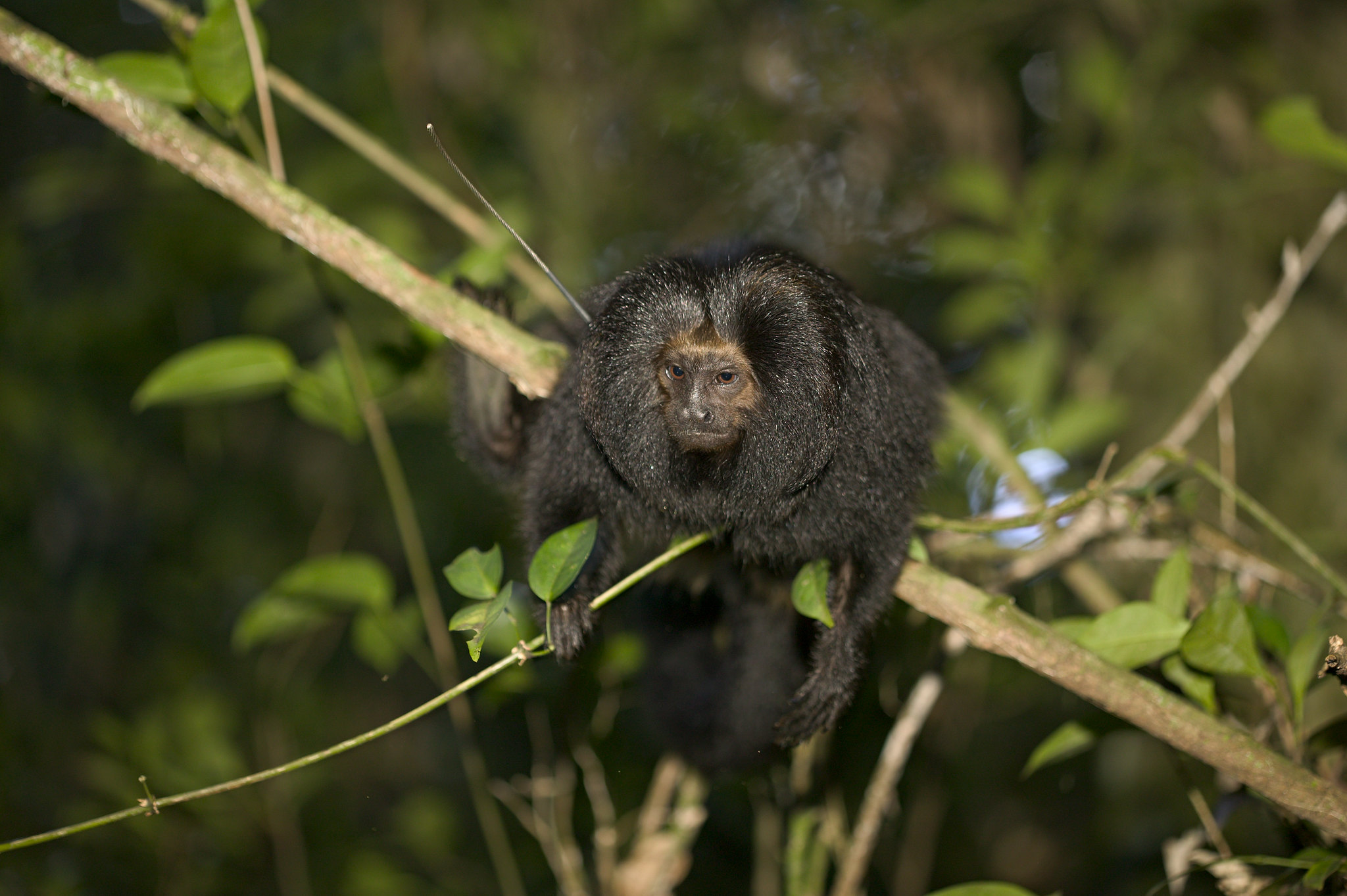- Most of Brazil’s 701 native mammal species provide critical ecosystem services that benefit people, according to a new study.
- However, more than half of the species providing ecosystem services are categorized as threatened and have likely lost their ability to provide these services in a meaningful way.
- Armadillos are among the most important service providers, transporting nutrients and engineering ecosystems through burrowing activities; however, they are heavily hunted.
- The study authors say that communicating conservation in terms of real-world human benefits rather than just wildlife preservation itself may increase support for conservation.
Brazil has an abundance of wildlife, including many mammal species found nowhere else on Earth. Most of Brazil’s 701 native mammal species provide services that benefit people, such as helping forests grow, fertilizing fisheries, curbing sickness, and supporting pollination. However, according to a new study in Perspectives in Ecology and Conservation, more than half of those ecosystem services are now at risk of being lost.
The study, led by Mariana Vale of the Federal University of Rio de Janeiro, aimed to document the full range of ecosystem services performed by Brazilian mammals to highlight their importance for conservation. The study combines dozens of existing databases to present a comprehensive list of Brazilian mammals and their services to humanity.
“Brazil is one of the most biodiverse countries in the world, yet we know very little about what most of our species actually do to support ecosystem function and human well-being,” Luara Tourinho, one of the study’s co-authors from the University of São Paulo, told Mongabay.
The researchers categorized 11 types of ecosystem services that could be associated with mammals, ranging from cultural services like ecotourism to regulatory services like pest control and disease regulation. Combining species traits and distributions, they determined that 82% of Brazil’s mammals, or 575 species, provide at least one service.
However, more than half of the ecosystem service-providing species categorized as threatened have now likely lost their ability to provide services.
“It is concerning to see many of those services at risk,” Tourinho said.

Seed dispersal and so-called relational services like aesthetic appreciation were delivered by the greatest number of species. However, the study also revealed that several key services, like ecosystem engineering, carrion (dead animal) removal, and rodent population control, are supported by just a few species and thus highly vulnerable.
Armadillos are among the most important service providers, the researchers found. Through their burrowing activities, armadillos transport nutrients and engineer ecosystems. This is easy to see in the case of the giant armadillo (Priodontes maximus), the world’s largest of the armadillo species, reaching up to 1.5 meters (4.9 feet) long and weighing up to 60 kilograms (132 pounds). These critical armadillos are heavily hunted in Brazil.
The authors suggest establishing more protected areas in mammal diversity hotspots; managing parks not just for species but for maintaining beneficial ecosystem services; raising awareness about mammals’ importance by highlighting their pollination, pest control, and other services to people; enacting targeted protections for threatened service-providing species with few redundancies; and banning hunting of multiservice species like armadillos.
The authors say that communicating conservation in terms of real-world human benefits rather than just wildlife preservation itself may increase support for conservation.
Citation:
Vale, M. M., Vieira, M. V., Grelle, C. E. V., Manes, S., Pires, A. P. F., Tardin, R. H., … Tourinho, L. (2023). Ecosystem services delivered by Brazilian mammals: Spatial and taxonomic patterns and comprehensive list of species. Perspectives in Ecology and Conservation, 21(4), 302-310. doi:10.1016/j.pecon.2023.10.003
Banner image of a giant armadillo in Brazil courtesy of Andre Borges/Agência Brasília (CC BY 2.0).
How settlers, scientists, and a women-led industry saved Brazil’s rarest primate
Liz Kimbrough is a staff writer for Mongabay and holds a Ph.D. in ecology and evolutionary biology from Tulane University, where she studied the microbiomes of trees. View more of her reporting here.
FEEDBACK: Use this form to send a message directly to the author of this post. If you want to post a public comment, you can do that at the bottom of the page.
